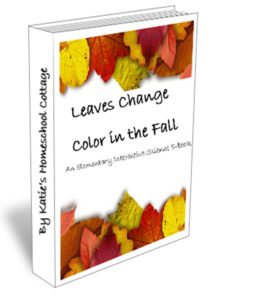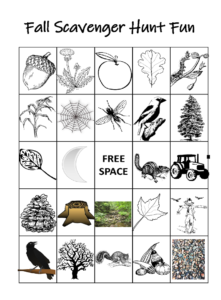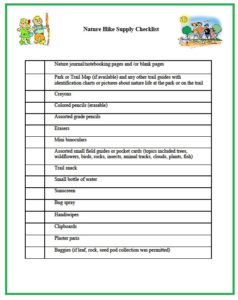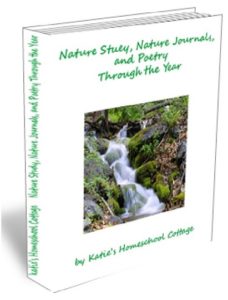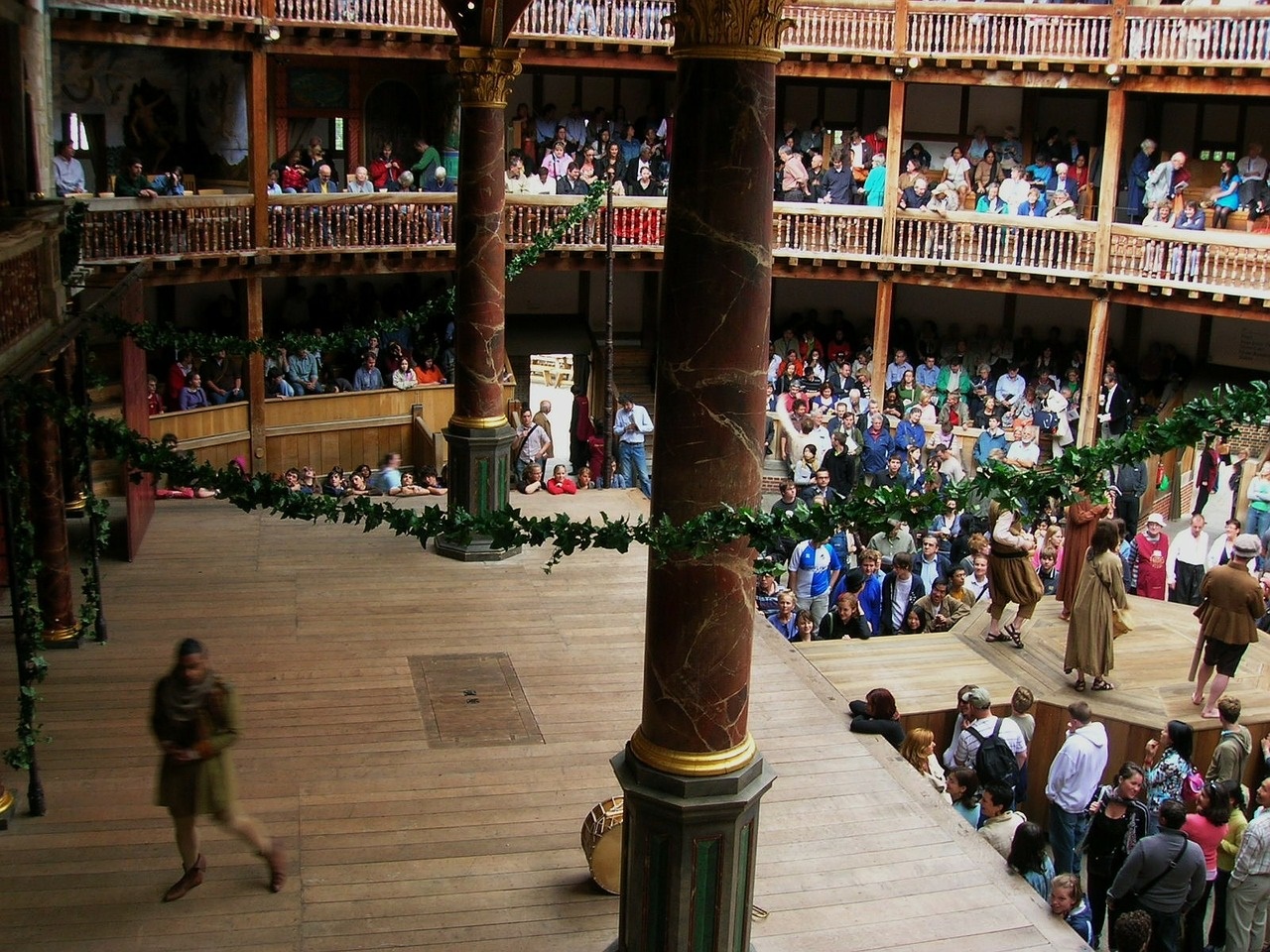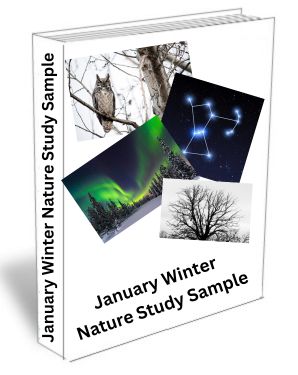It’s a perfect time to include a Fall Nature study in your homeschool when you feel a breeze with just a touch of crispness after a long hot summer and you know Fall must be right around the corner. Visions of pumpkins, corn mazes, and colored leaves falling to the ground start dancing around in your head.
That’s where a nature study comes in – allowing you all to go outside and enjoy the beautiful weather and colors and study the world around you all at one time.
You can pick a subject, have your kids pick from some topics, or go on a nature walk and start a nature study from what you have observed during your walk.
Here are some ideas in how to conduct a fall nature study to get you started:
Apples
Apple orchards are picking apples and maybe even hosting festivals or farm days. What a great fieldtrip to take before or after your study of apples.
You might want to start off with cutting an apple open and looking at the seeds. From there explore the cycle of life of an apple from the seeds to the sapling to the tree to the apple blossom with the apple (fruit) growing behind it and back to the seeds.
From there, you could study how do seeds get dispersed and study the different ways they become dispersed to be planted and grow again, maybe a ways from where the original apple tree was standing.
You could read the legend of Johnny Appleseed and his contribution to the apple tree population.
These two unit studies – one for Preschool – 1st Grade, the other for Grades 2-5 about Johnny Appleseed and The Apple Life Cycle are perfect for this time of year to cover all sorts of subjects with one study!
Have a blind taste test of different apples and have a family survey of which apples are the favorites. Try some apple recipes – pies, breads, muffins, fritters and donuts by cooking together and use those math skills with fractions and their abbreviations. You can experiment with spoons or cups. You can show that 1/2 cup of flour plus 1/2 cup of flour is the same thing as adding 1 cup of flour to your mixing bowl. Continue to do this all your measuring cups and spoons!
Learn geography while reading How to Make an Apple Pie and see the World. Make sure you have a globe, map, or atlas handy to refer to while reading this story and traveling around the world from your sofa.
Pumpkins
Pumpkins can be studied in the same way. Visit a pumpkin farm that still has the pumpkins on the vine. Cut open a pumpkin and study the seeds and examine their life cycle.
You can roast the seeds or purchase a baking pumpkin and try different pumpkin recipes. Again, pull out those math skills and following directions from the recipe!
Bird Migration
Birds migrate during the Fall, a perfect time to observe the changing population of types of birds in your backyard. Look at a book about local birds in your area and note which ones are native to your area during specific seasons or all year round.
Study the patterns of migration of birds, maybe one specific kind from your area and where it goes during the winter months and will return to your area in the spring. There are books about why birds migrate as well as how. They know the path to take every migration season and follow it without fail. Study the force of magnetism around the Earth and how it influences the birds’ behaviors.
Read Flute’s Journey to read about the life and migratory journey of a wood thrush.
Changing Leaf Colors
Here is a whole science study in photosynthesis and the role of chlorophyll in a leaf. There are a number of experiments you can conduct about chromatography. You can study the parts of the leaf and their roles, as well as the different shapes of different kinds of leaves. You can move onto why do some leaves change color while others stay green or are not leaves at all but needles.
For an extensive study of leaves and their change in the fall with activities, printables, and worksheets, you might be interested in Leaves Change Color in the Fall.
Crafts are fun during this time of year with colored leaves too, from pressed leaves to leaf rubbings to preserving leaves and making your wreaths.
Try this website for how to preserve your leaves and crafts to do with fall leaves. My favorites are the leaf garland and the leaf suncatchers!
Animal Behavior
As you take your nature walk, you can observe squirrels or chipmunks gathering acorns. You can discuss where do the acorns come from and what they are (back to the cycle of life for a tree again) and how they assist these animals in preparing for winter.
Read a book like Animals in Fall: Preparing for Winter.
These are just a few ideas to get you started in your Fall nature study.
If you are interested in more ideas with suggested book titles, activity and experiment ideas, links to printables, questions to ask on nature walks, and notebooking pages to make a nature journal you might be interested in Autumn Nature Study and More.
Free Fall Scavenger Hunt Printable
I have a Fall Scavenger Hunt game you can print and use as you go for a walk or outing to observe the changes in the fall season. You can have your children mark off or color the picture when they find one of the items on the sheet or play a bingo game with them. Try different kinds of bingo with four corners, diagonal squares, an “x”. “t”, or “l” shape, maybe even “m” or “n”. The sky’s the limit!
Receive your Fall Scavenger Hunt Fun Printable here.
Free Nature Hike Checklist
To assist you in preparing for you nature “hike”, as my guys used to call it, we always prepared for it with the proper supplies. I have a free printable Nature Hike Checklist of all the proper supplies to bring along.
If you wish to study science all year along, our Nature Study, Nature Journals, and Poetry Through the Year is an economical purchase providing you with everything you need for a year and more!






